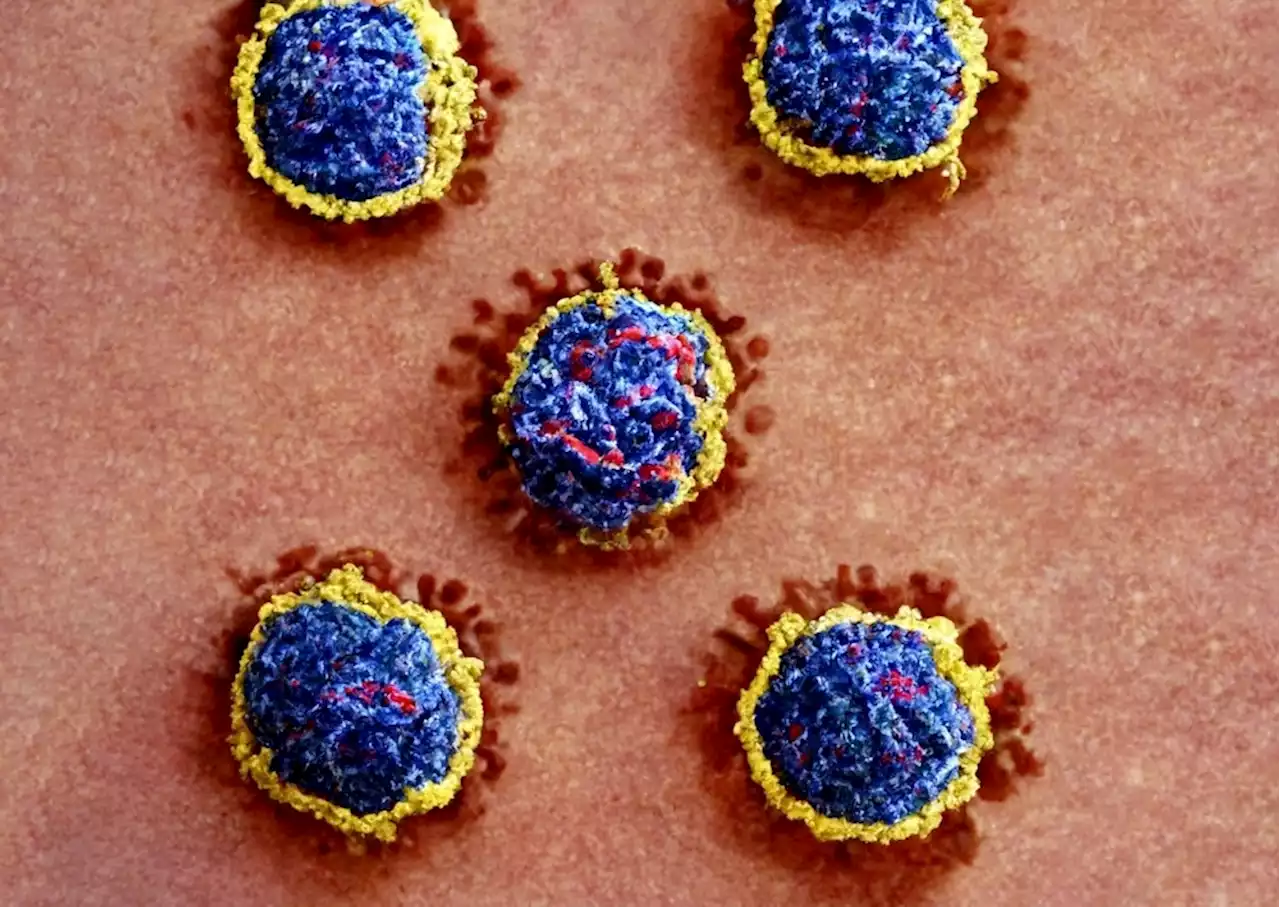When it comes to global warming, methane is a monster. Researchers have identified the worst methane super-emitters
hen it comes to global warming, methane is a monster. It may represent only 11% of the share of greenhouse gasses emitted each year, but during its first 20 years in the atmosphere it is 80 times more efficient at capturing heat than the far more commonplace carbon dioxide. That’s why it’s so important to spot the worst emitters and shut them down—or at least reduce their output.
, investigators from JPL, the University of Arizona, and Arizona State University, have pinpointed the point-sources of 40% of the worst methane emitters across the U.S. The investigators used two key tools to conduct their study: Arizona State’s Global Airborne Observatory , an imaging spectrometer carried aboard aircraft flying at 5,500 m that can spot methane point-sources on the ground; and the European Space Agency’s Sentinel-5P satellite, which does the same job from orbit.
Using both of these eyes in the sky, the investigators identified over 3,000 individual methane super-emitters—defined as sites releasing more than 10 kg of methane per hour. The emission sites include oil and gas production facilities, wet manure sites in animal feedlots, large landfills, and coal mines.
Identifying the sources, though, is not the same as shutting them down, and some are harder to control than others. As long as animals are bred for slaughter, for example, there will always be methane-emitting feed lots. On the other hand, the oil and gas industry canthey produce in a number of ways. Currently, they dispose of most of the gas by flaring—essentially burning it off at the mouth of smokestacks—which simply vents it into the sky.
South Africa Latest News, South Africa Headlines
Similar News:You can also read news stories similar to this one that we have collected from other news sources.
 COVID-19 vaccine safety concerns result in lower vaccination rates among pregnant individuals in the United StatesIn a new study, researchers evaluated the factors associated with lower coronavirus disease 2019 (COVID-19) vaccination rates among pregnant individuals in the United States (U.S.).
COVID-19 vaccine safety concerns result in lower vaccination rates among pregnant individuals in the United StatesIn a new study, researchers evaluated the factors associated with lower coronavirus disease 2019 (COVID-19) vaccination rates among pregnant individuals in the United States (U.S.).
Read more »
 Nike reveals 2022 U.S. World Cup kitsNike released the long-awaited U.S. men&8217;s national team kits that will be worn at the upcoming World Cup on Thursday morning. The Americans&8217; home white jerseys &8220;draw inspiration from the United States&8217; diversity and storied legacy across a variety of sports, leagues and...
Nike reveals 2022 U.S. World Cup kitsNike released the long-awaited U.S. men&8217;s national team kits that will be worn at the upcoming World Cup on Thursday morning. The Americans&8217; home white jerseys &8220;draw inspiration from the United States&8217; diversity and storied legacy across a variety of sports, leagues and...
Read more »
 Roberto Merhi to contest Okayama Super Formula Lights finaleEx-Formula 1 racer Roberto Merhi will contest next week’s final round of the Super Formula Lights season at Okayama as he targets a drive in Super Formula for 2023.
Roberto Merhi to contest Okayama Super Formula Lights finaleEx-Formula 1 racer Roberto Merhi will contest next week’s final round of the Super Formula Lights season at Okayama as he targets a drive in Super Formula for 2023.
Read more »
 Santini Nebula Puro Wind GiletLightweight and packable gilet that provides good protection from all but the worst winds
Santini Nebula Puro Wind GiletLightweight and packable gilet that provides good protection from all but the worst winds
Read more »
 COVID-19's future is uncertain as infections increase and tracking decreasesCOVID-19's future is uncertain as infections increase and tracking decreases Coronavirus Disease COVID19 Evolution Omicron BA4 BA5 viral surveillance SARSCoV2 VirusesMDPI montanastate BozemanHealth
COVID-19's future is uncertain as infections increase and tracking decreasesCOVID-19's future is uncertain as infections increase and tracking decreases Coronavirus Disease COVID19 Evolution Omicron BA4 BA5 viral surveillance SARSCoV2 VirusesMDPI montanastate BozemanHealth
Read more »
